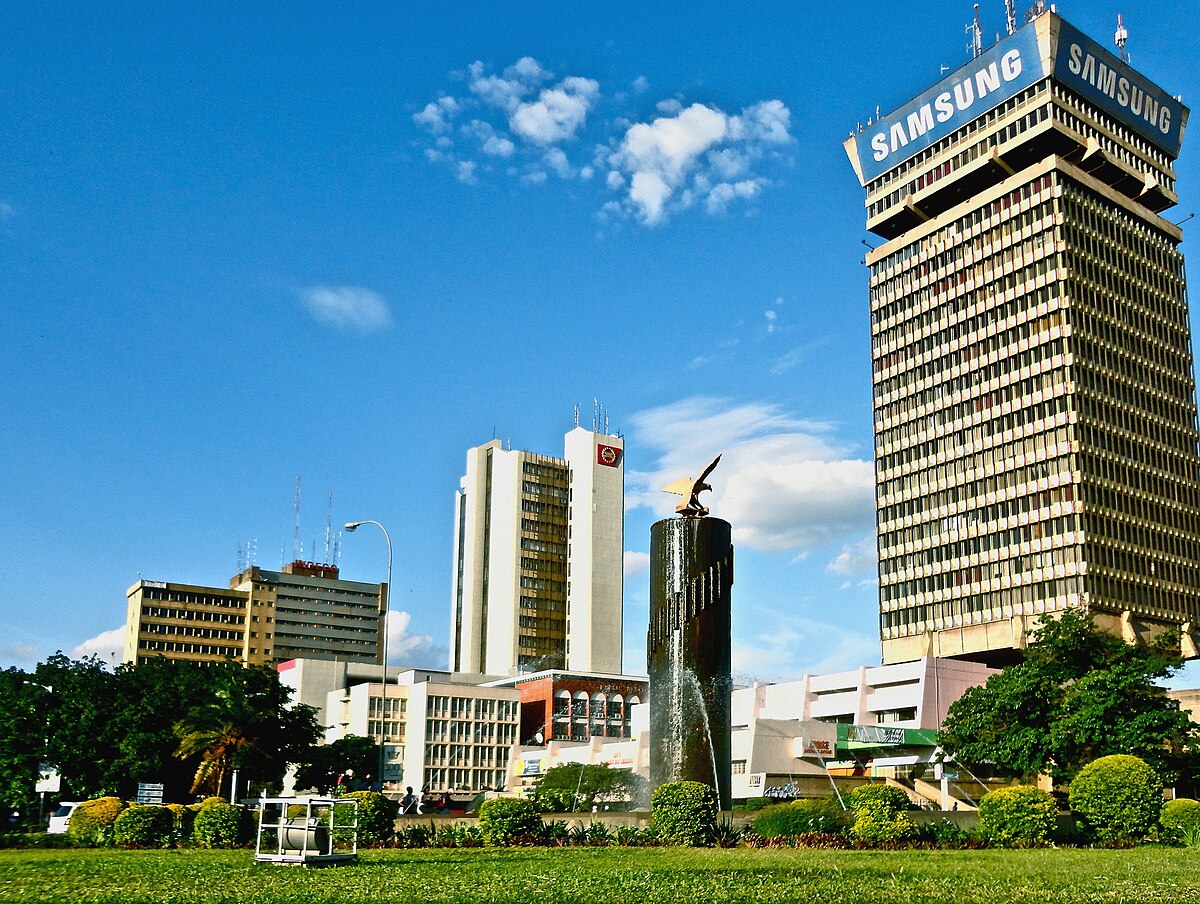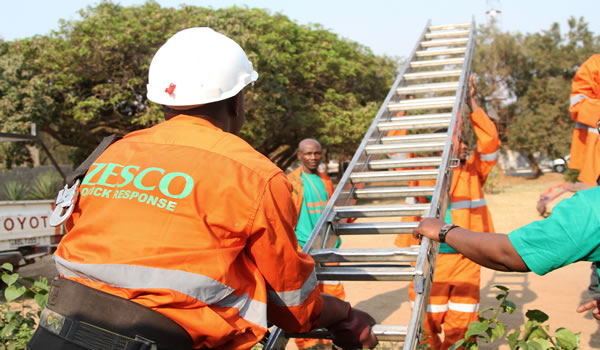
Zambian businesses have consistently encountered three major development barriers over the last decade and a half: restricted access to capital, unstable energy supplies, and competition from informal firms.
- Access to credit is the primary challenge for Zambian businesses, reported by 28.5% in 2019, indicating a significant increase over 12 years.
- Electricity supply issues remain a substantial obstacle, affecting 25.8% of firms in 2019, notably higher compared to regional averages.
- The informal sector’s competition decreased but remains impactful, cited by 12.8% of enterprises in 2019 compared to 22.6% in 2013.
These obstacles topped the World Bank Enterprise Survey rankings in 2007, 2013, and 2019, considerably outweighing other issues, including high taxes, corruption, and skilled labor shortages.
The most current poll, conducted in 2019, indicates a significant increase in the proportion of enterprises reporting finance as their top limitation.
In that year, 28.5% of Zambian firms identified access to credit as their main challenge, up from 18.1% in 2007.
SEE ALSO: Zimbabwe plans to turn a climate threat to food security with ambitious dam project
Zambia’s business problems compared to the rest of the continent
This issue is especially serious when compared to regional and global rivals, with just 23.2% of enterprises in Sub-Saharan Africa and 15.6% in lower-middle-income nations citing money as their top obstacle.
Electricity supply is still the second most significant hurdle, mentioned by 25.8% of Zambian enterprises in 2019.
This marks a resurgence in anxiety following a brief dip in 2013, highlighting persistent concerns with electricity dependability.
The proportion is significantly higher than the Sub-Saharan Africa average of 12.7%, highlighting Zambia’s ongoing challenges with load shedding, infrastructure maintenance, and capacity limitations.

While informal competition has improved since 2013, it continues to have a considerable impact on formal enterprises.
In 2019, 12.8% of Zambian enterprises identified it as their biggest challenge, down from 22.6% in 2013, but still higher than the regional average of 10.4%.
The informal sector’s reduced operational expenses, tax evasion, and flexible labor arrangements make it more difficult for registered enterprises to compete.
DON’T MISS THIS: Zambia says no cause for alarm after toxic mine spill prompts US evacuation
The prevalence of these three challenges, particularly at higher levels than regional averages, demonstrates fundamental vulnerabilities in Zambia’s economic environment.
Access to cheap finance is restricted, power outages disrupt operations and increase expenses, and informal competition reduces profitability for conforming businesses.
To address these issues, coordinated policy interventions will be required, including strengthening financial markets to increase credit access for small and medium-sized businesses, investing in power generation and grid reliability, and putting in place fair enforcement mechanisms to reduce unfair competition from the informal sector.
Source: IMF












